





 |
 |
 |
 |
 |
 |
| Dennis Ancinec | profile | all galleries >> Communities of San Diego County >> The Grasslands | tree view | thumbnails | slideshow |
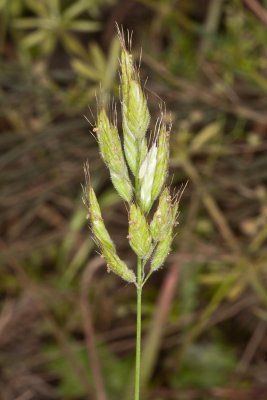
gallery: Soft Chess (Bromus hordeaceus) |
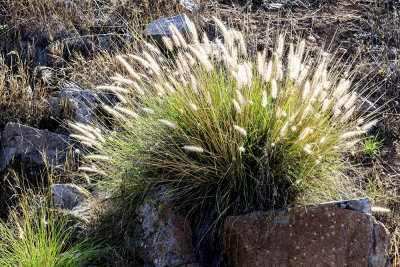
gallery: African Fountaingrass (Pennisetum setaceum) |
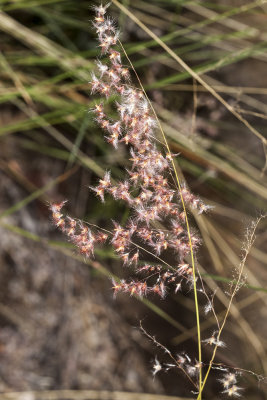
gallery: Natal Grass (Rhynchelytrum repens) |

gallery: Ripgut Brome (Bromus diandrus) |

gallery: Goldentop Grass (Lamarckia aurea) |

gallery: Hare Barley (Hordeum murinum leporinum) |
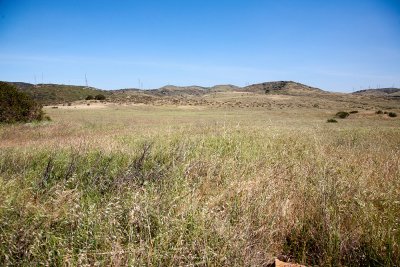
gallery: grass_land_gallery |
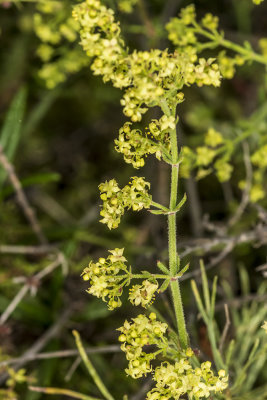
gallery: Narrow-leaf Bedstraw (Galium angustifolium) |

gallery: Wild Oats (Avena fatua) |
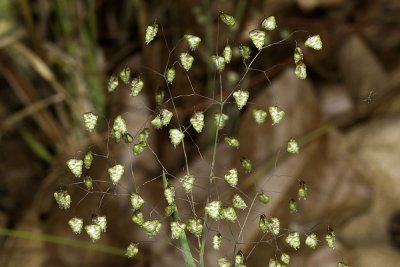
gallery: Quaking Grass (Briza minor) |
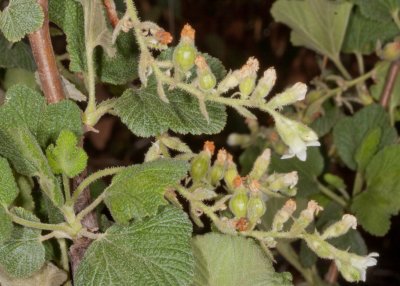
gallery: Mountain White Current (Ribes indecorum) |

gallery: Crab Grass (Digitaria sanguinalis) |
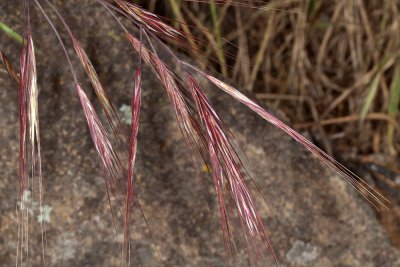
gallery: Purple Needle Grass (Nassella pulchra) |

gallery: Rye Grass (Festuca perennis) |
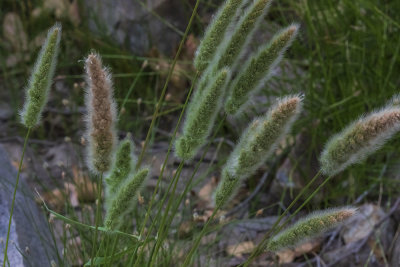
gallery: Beard Grass (Polypogon monspeliensis) |
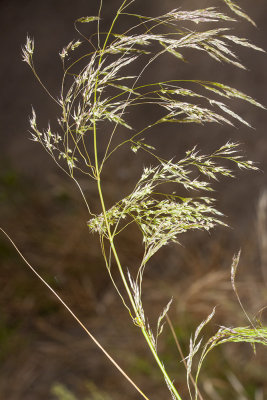
gallery: San Diego Needle Grass (Stipa diegoensis) |
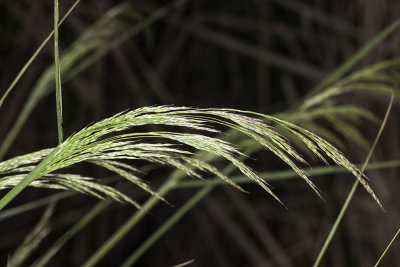
gallery: Giant Stipa Grass (Stipa coronata) |
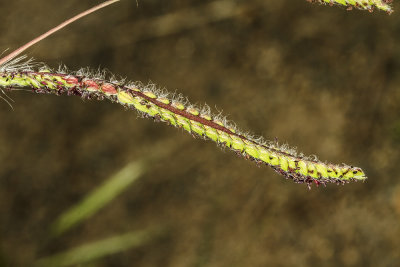
gallery: Dallis Grass (Paspalum dilatatum) |

gallery: Tarweed (Deinandra fasciculata) |
| comment | share |